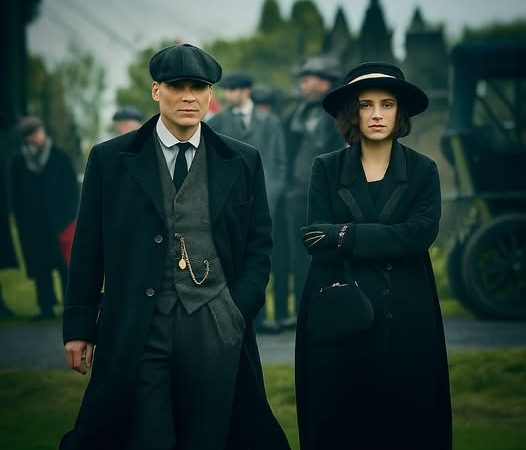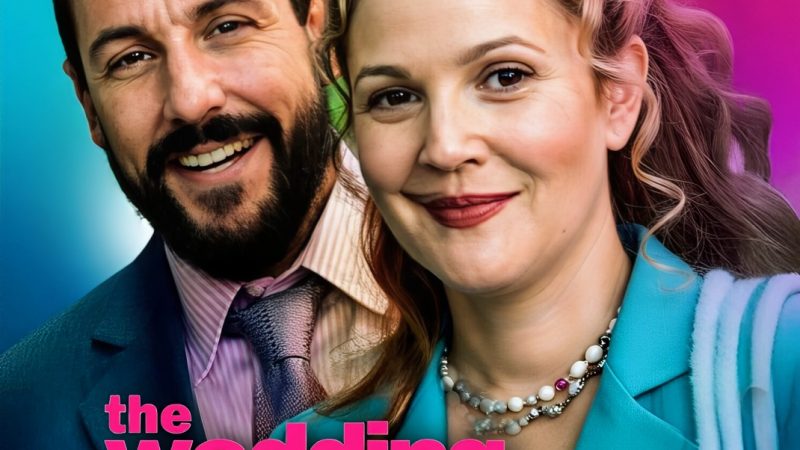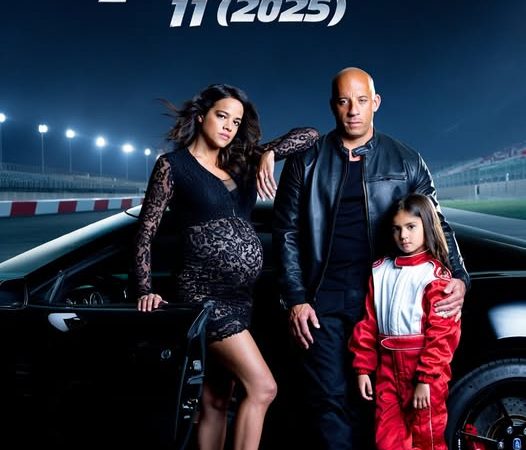Effie Gray (2014): A Woman’s Voice in a World That Silenced Her
“Trapped by duty. Freed by love.”
“Effie Gray” is a poignant and quietly powerful period drama directed by Richard Laxton, based on the true and emotionally complex story of a woman fighting to reclaim her life in the face of emotional neglect and societal repression. Set against the backdrop of Victorian England, the film delicately unveils the inner turmoil of Effie Gray, her marriage to famed art critic John Ruskin, and her eventual awakening through art, passion, and courage.

A Marriage of Constraints
The story follows Effie Gray (Dakota Fanning), who enters into a seemingly privileged marriage with John Ruskin (Greg Wise). What begins as hope quickly spirals into isolation. Ruskin’s emotional and physical detachment leaves Effie in a psychological prison, forced to uphold the appearance of a proper marriage while suffering in silence. Salvation comes in the form of John Everett Millais (Tom Sturridge), a young Pre-Raphaelite painter whose tenderness and vitality open a new door in Effie’s heart—one not just to love, but to self-liberation.
Main Characters

-
Effie Gray (Dakota Fanning): Fanning delivers a subtle yet heartbreaking performance, portraying Effie’s emotional suffocation with grace and later, quiet resilience.
-
John Ruskin (Greg Wise): Wise plays Ruskin with cold rigidity, embodying a man trapped by his own intellect and fear of intimacy.
-
John Everett Millais (Tom Sturridge): As the artist who brings light into Effie’s life, Millais represents both compassion and the promise of renewal.
Themes and Symbolism
“Effie Gray” beautifully explores timeless and still-relevant themes:
-
The emotional cost of repression, especially for women
-
The role of marriage as a social contract rather than emotional union
-
The quiet strength required to challenge societal norms
-
Art as a medium for emotional truth and healing
Visual Craftsmanship

-
Cinematography: The film is richly atmospheric, filled with misty landscapes, candlelit interiors, and carefully composed frames that echo Effie’s internal struggle.
-
Costumes: Period-accurate and richly textured, the wardrobe choices reflect the status and restrictions of Victorian society.
-
Tone: Deliberately restrained and melancholic, the mood is reflective of Effie’s slow-burning awakening.
Public Reception and Audience Reflections

While critics were mixed in their reviews, audiences deeply connected with the film’s emotional core. Viewers have praised it as a “quiet revolution” of a woman’s spirit in an era that did not welcome rebellion.
“Dakota Fanning’s performance left me breathless. Her silence spoke louder than words.” – Audience Review
“It’s a haunting reminder of how far we’ve come—and how far we still have to go.” – Viewer Comment
“The story is intimate, almost suffocating at times, which makes Effie’s final act of courage feel like a breath of air.” – Historical Drama Enthusiast
A Subtle, Stirring Drama Worth Watching
Effie Gray is not a film that shouts—it whispers, aches, and then quietly triumphs. With its deeply human performances, beautifully crafted visuals, and emotionally resonant themes, it tells the story of a woman who found her strength not in rebellion, but in quiet resistance.
A must-watch for anyone who values stories of inner courage, historical truth, and the beauty of reclaiming one’s voice.



